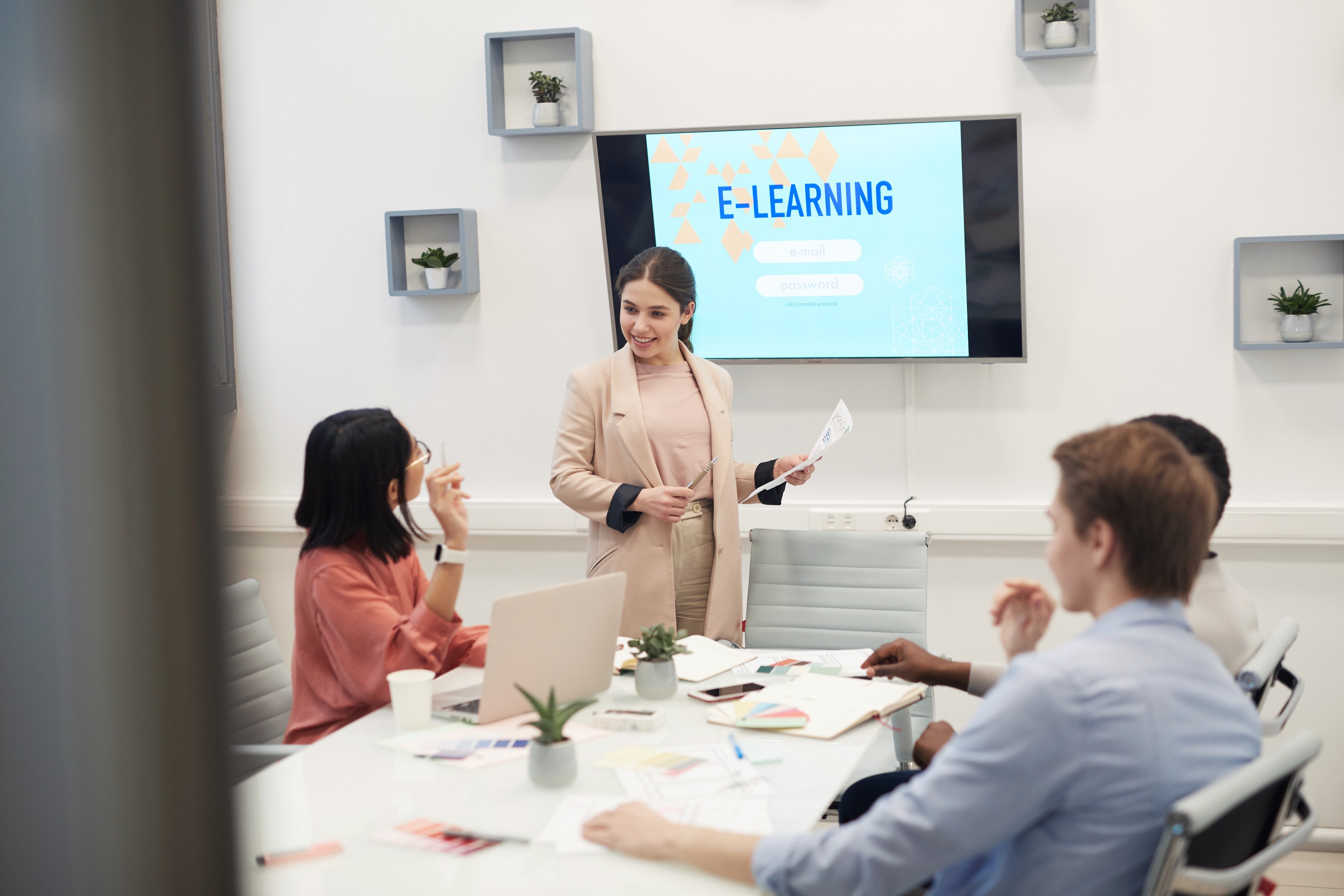Introduction:
In the rapidly evolving world of education, the need for dynamic, engaging content has never been greater. As schools and colleges transition to hybrid and fully online learning environments, content development plays a critical role in ensuring students remain engaged and motivated to learn. ELearning platforms are leading this transformation, offering educators powerful tools to create personalized, interactive content that resonates with today’s digital learners. But what does effective content development look like, and how can institutions leverage these platforms to revolutionize education?
The Power of ELearning Content:
Gone are the days of one-size-fits-all education. With ELearning content development platforms, educators can design courses that cater to individual learning styles, preferences, and pacing. This personalized approach empowers students to take control of their own learning experience. Whether through video tutorials, interactive quizzes, or multimedia presentations, ELearning content brings lessons to life in ways that traditional classroom lectures cannot.
A Story of Transformation:
Consider a large public university facing declining student engagement in its general education courses. The administration decided to experiment with a cutting-edge ELearning platform to revamp its content strategy. By incorporating interactive modules, gamified assessments, and multimedia-rich lessons, they saw a dramatic improvement in student participation and completion rates. Not only were students more engaged, but the quality of learning outcomes increased as well. What started as an experiment became the foundation for a complete overhaul of the university’s teaching methods.
Key Elements of Effective ELearning Content:
-
Interactive Elements:
Integrating interactive elements such as quizzes, polls, and simulations can significantly increase student engagement. These features provide immediate feedback, enabling students to learn from their mistakes and deepen their understanding of the material. -
Multimedia Integration:
A well-designed ELearning platform allows educators to incorporate various media formats, including videos, podcasts, infographics, and animations. These tools help cater to different learning styles—visual, auditory, and kinesthetic—and make complex topics easier to grasp. -
Personalized Learning Paths:
One of the most powerful aspects of modern ELearning platforms is the ability to create personalized learning paths for students. Educators can tailor content based on a student’s performance, learning preferences, and pace. This ensures that every learner receives the support and challenge they need to succeed. -
Gamification:
Adding game-like elements such as points, badges, and leaderboards motivates students to stay engaged with the material. Gamification makes learning fun and competitive, which can significantly boost participation rates.
Challenges in Content Development:
Despite its potential, content development for ELearning isn’t without challenges. Educators often struggle to find the time and resources to create high-quality content. Additionally, ensuring that content is accessible to students with disabilities is crucial for promoting inclusivity in online education. Fortunately, many ELearning platforms provide templates, drag-and-drop functionality, and accessibility tools to make the process easier.
Looking Ahead: The Future of Content Development:
The future of ELearning content development lies in the integration of emerging technologies like AI, augmented reality (AR), and virtual reality (VR). Imagine a history class where students can explore ancient civilizations in VR, or a biology lesson where they can interact with 3D models of human anatomy. These innovations are just on the horizon and will continue to revolutionize how content is delivered in schools and colleges.
Conclusion:
ELearning content development is not just about creating lessons—it’s about crafting learning experiences that resonate with students in the digital age. By leveraging interactive elements, multimedia, personalized paths, and gamification, educators can create content that captivates students and improves learning outcomes. As technology advances, the possibilities for content development are limitless. For educational institutions looking to enhance their online offerings, investing in ELearning platforms with robust content development capabilities is a must.

